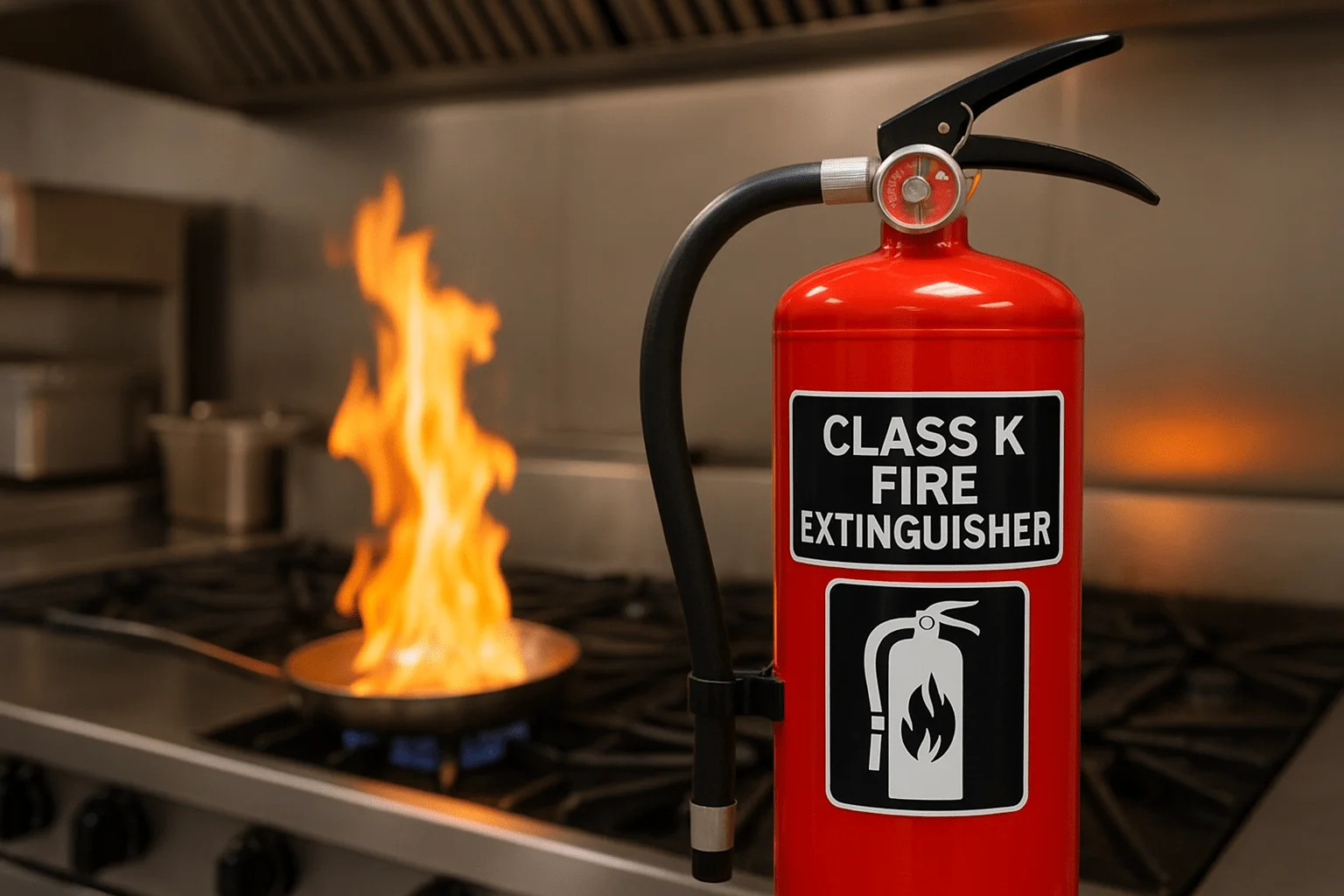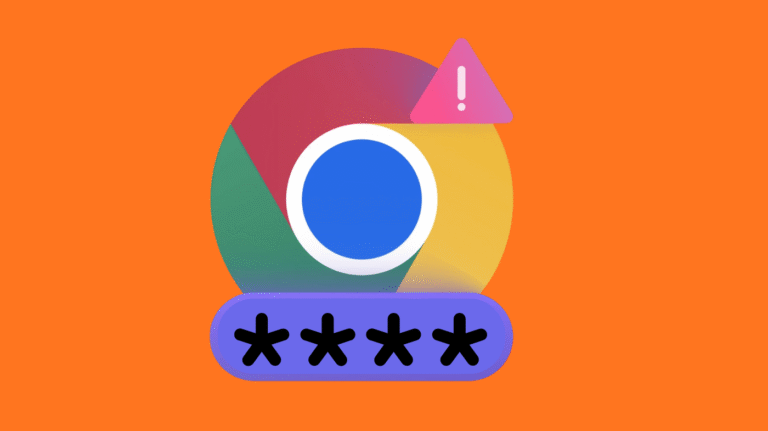Mastering the Class K Fire Extinguisher: Your Essential Kitchen Safety Guide
In commercial kitchens, seconds can mean the difference between a minor incident and a full-scale disaster. Grease fires erupt without warning, feeding on flammable cooking oils and fats that water can’t extinguish—and can even worsen. That’s where the Class K fire extinguisher becomes a life-saving necessity. It’s not just another fire extinguisher; it’s a specialized, kitchen-specific tool designed to tackle the exact kind of fires that traditional extinguishers cannot handle.
Having managed fire safety training in several restaurant chains over the last eight years, I’ve seen firsthand how underestimating fire classes can result in costly—even deadly—mistakes. This article will guide you through everything you need to know about Class K fire extinguishers: how they work, where they’re required, why they’re different, and how to use them correctly.
What Is a Class K Fire Extinguisher?
A Class K fire extinguisher is engineered specifically to fight fires involving cooking oils, greases, and fats typically found in deep fryers, griddles, and commercial cooking appliances. These fires are classified as “Class K” by the National Fire Protection Association (NFPA) in the United States.
Unlike Class A, B, or C extinguishers that use dry chemicals or CO₂, Class K extinguishers utilize a wet chemical agent. This agent, often a solution of potassium acetate, reacts with hot oils in a process called saponification—essentially turning the burning fat into a soapy, non-flammable substance. The result is a cooling, smothering foam that prevents re-ignition.
Why Class K Extinguishers Are Indispensable in Kitchens
If you run a restaurant, commercial kitchen, food truck, or even a large institutional cafeteria, installing a Class K fire extinguisher isn’t optional—it’s critical. Here’s why:
Traditional extinguishers can backfire. Using water on a grease fire can cause explosive flare-ups. Even ABC extinguishers, which are versatile, can sometimes spread the flaming oil rather than extinguish it.
Local codes mandate it. Many U.S. states and municipalities require Class K extinguishers by law in commercial cooking spaces. Compliance with NFPA 10 standards is non-negotiable during inspections.
It’s designed for after-hood use. While fire suppression hoods provide the first line of defense, they may not reach every area or handle every scenario. Class K extinguishers are essential as a backup or manual override tool.
During one of my training sessions at a high-volume sushi kitchen, a small fire broke out near a deep fryer. Their fire suppression system failed due to poor maintenance, but a well-placed Class K extinguisher contained the fire within seconds. No damage, no injuries, no insurance nightmares.
How a Class K Extinguisher Works: Saponification in Action
Here’s what happens the moment you deploy a Class K extinguisher:
- The wet chemical is expelled from the nozzle, covering the hot oil or grease.
- The chemical reacts with the oil, cooling it down rapidly.
- Saponification occurs, forming a layer of thick foam that prevents re-ignition and smothers the flames.
- The foam layer remains, offering sustained protection while emergency services arrive or you begin cleanup.
Visualizing this can be helpful: Imagine pouring dish soap into hot grease—only on a life-saving, industrial scale.
Common Misconceptions and Mistakes
Many kitchen operators assume that a Class ABC extinguisher covers all risks. That’s dangerously false when it comes to kitchen fires. Here are a few common myths:
Myth #1: Water can be used in a pinch.
Reality: Water exacerbates grease fires, causing flare-ups or even grease explosions.
Myth #2: ABC extinguishers are good enough.
Reality: ABC dry chemicals can disrupt cooking surfaces and are often ineffective against hot oils.
Myth #3: The fire hood will handle it.
Reality: While automatic suppression systems are helpful, they can’t replace the precision of manual Class K intervention in tight, fast-moving situations.
Real-World Scenarios Where Class K Saves the Day
Let’s look at two situations from my consulting experience:
Case 1: The Bakery Fire
A small family-owned bakery had recently installed new deep fryers for donuts. One morning, an employee accidentally left the oil heating unattended. A fire broke out, but a nearby Class K extinguisher handled it within 15 seconds. They reopened that afternoon. Their kitchen would’ve been a total loss without it.
Case 2: School Cafeteria Inspection
During a surprise fire inspection at a public school cafeteria, officials found only Class ABC extinguishers installed. The inspector issued a warning and gave them 30 days to comply with NFPA 10. After switching to Class K, they passed follow-up with flying colors.
Where and How to Install a Class K Extinguisher
Location is everything. According to NFPA 10 guidelines:
- It should be no more than 30 feet from the cooking area.
- It must be easily accessible, not hidden behind kitchen equipment or doors.
- Mounting height should allow for easy removal and quick deployment.
Train your staff quarterly and walk them through the PASS technique—Pull, Aim, Squeeze, Sweep—with the specific nuances of using Class K foam. These extinguishers often require longer application times compared to dry chemical units.
Choosing the Right Brand or Model
While I don’t endorse a single manufacturer, in my professional opinion, the following brands consistently perform well in commercial environments:
- Amerex: Durable stainless-steel units, great for large kitchens.
- Badger: Cost-effective, easy-to-refill options.
- Ansul: Trusted by top-tier commercial kitchens for their UL-rated performance.
Make sure your chosen extinguisher meets UL 300 standards—this is mandatory for systems installed after 1998.
Recommended Maintenance and Inspection Practices
A neglected extinguisher is a useless extinguisher. Here’s what I advise my clients:
- Monthly visual inspections: Check the pressure gauge, hose integrity, and tamper seal.
- Annual professional servicing: Required by code.
- Hydrostatic testing every 5 years: This ensures the pressure tank is safe and functional.
Failure to follow these protocols can void insurance claims in the event of a fire.
Ideal Visuals for This Topic
Including clear visuals in your safety training and online content can boost understanding. Here’s what I recommend:
- A labeled diagram of a Class K extinguisher with parts marked (nozzle, gauge, safety pin, etc.)
- A side-by-side comparison chart of fire extinguisher classes (A, B, C, D, K)
- A flowchart demonstrating the saponification process
- Photos of real-world placements in kitchens for compliance examples
FAQs About Class K Fire Extinguishers
What makes a fire Class K?
A fire is classified as Class K when it involves cooking oils, fats, or grease—typically found in deep fryers or other high-temperature appliances.
Can I use a Class K extinguisher on other types of fires?
No. Class K extinguishers are designed specifically for kitchen grease fires. They are not effective or safe for electrical or flammable liquid fires.
Are Class K extinguishers required by law?
Yes. Most commercial kitchens in the U.S. are required by fire codes to have a Class K extinguisher, particularly if cooking oils or fryers are in use.
How often should I replace or service one?
Perform monthly checks and annual servicing by a certified technician. Replace or recharge after any use, even partial discharge.
Is training needed to use one?
Absolutely. While the process is straightforward, proper training ensures fast and effective response during emergencies.
Final Thoughts: Don’t Cook Without It
The kitchen is the heart of any restaurant—but it’s also one of the most dangerous environments if fire safety is overlooked. A Class K fire extinguisher isn’t just a compliance checkbox. It’s a vital line of defense that protects lives, property, and business continuity.
If you operate or work in any kitchen setting, take action now. Audit your fire extinguishers. Train your staff. And if you don’t have a Class K extinguisher yet—get one today.
Want to go deeper into kitchen fire safety or fire code compliance? Explore our full Fire Safety Resource Center, or book a consultation with a certified fire safety expert.








2 Comments